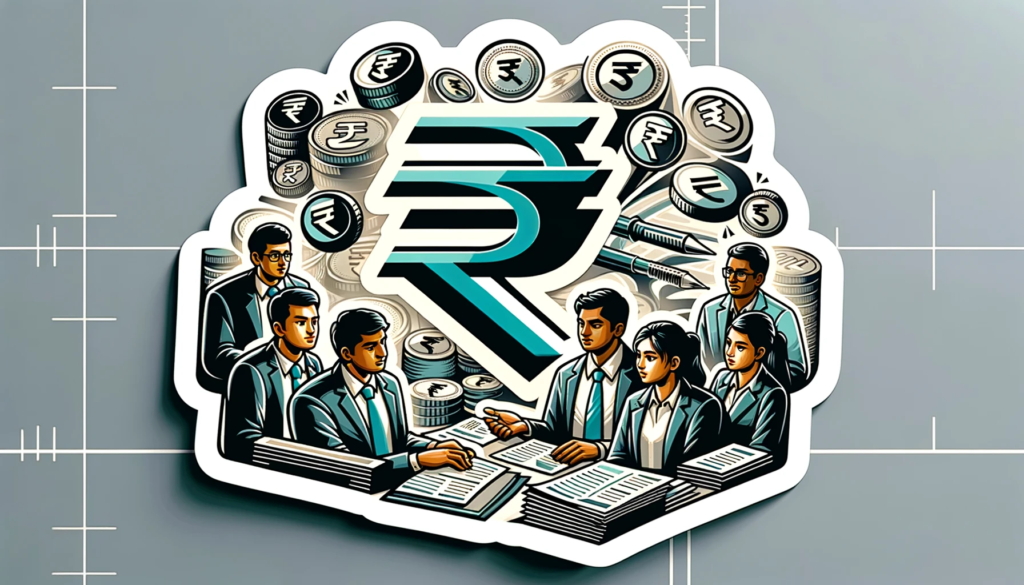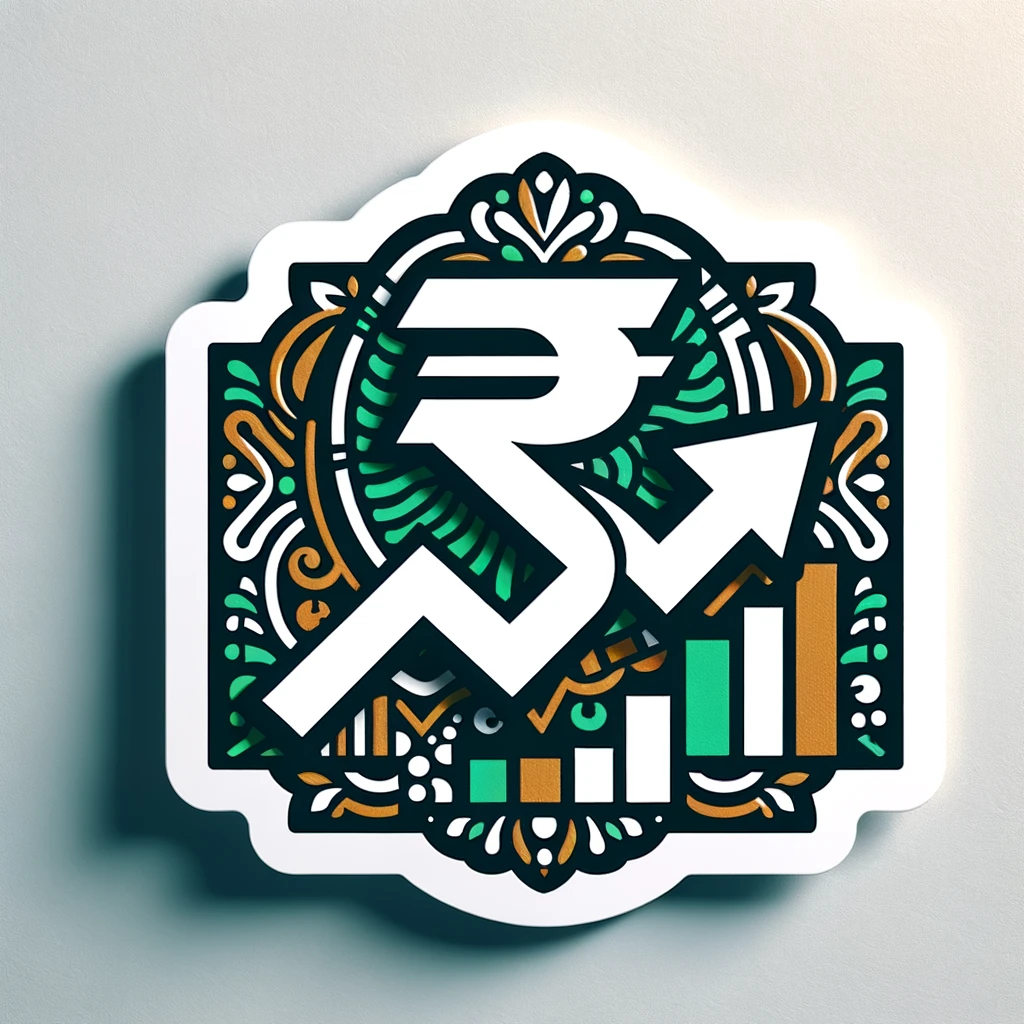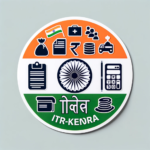The Income Tax Department in India has been increasingly leveraging technology to enhance tax administration, improve efficiency, and reduce tax evasion. Here are some key ways in which technology is being used for better tax administration in India:
- e-Filing and Digital Platforms: The introduction of online filing of income tax returns (e-filing) has made it convenient for taxpayers to submit their returns electronically. The e-filing portal allows taxpayers to file returns, check their tax credit (Form 26AS), and receive acknowledgments online.
- Aadhaar-Based Verification: The integration of Aadhaar, India’s biometric identity system, with income tax records has enabled quicker and more secure identity verification, reducing the chances of identity fraud and tax evasion.
- e-Assessment: The government has introduced the concept of faceless assessment, where tax assessments are conducted electronically without any face-to-face interaction between taxpayers and tax officials. This aims to minimize corruption and subjectivity in tax assessments.
- Data Analytics and AI: The Income Tax Department uses data analytics and artificial intelligence (AI) to identify potential tax evasion cases. It analyzes large datasets to detect discrepancies and anomalies in tax returns and financial transactions, enabling more effective tax audits.
- Online Tax Payment: Taxpayers can make their tax payments online through various modes, such as internet banking, debit/credit cards, or authorized payment gateways, making it more convenient and reducing the use of cash.
- Online PAN and TAN Services: The Permanent Account Number (PAN) and Tax Deduction and Collection Account Number (TAN) application processes have been streamlined online, reducing paperwork and processing times.
- Mobile Apps: The Income Tax Department has developed mobile applications for taxpayers to access their tax-related information, receive updates, and track the status of refunds and returns.
- Online Verification of Tax Refunds: Taxpayers can verify the status of their income tax refunds online and receive electronic notifications regarding the processing of refunds.
- Digital Communication: The department communicates with taxpayers and assesses electronically, reducing the need for physical correspondence and improving transparency.
- Online Tax Calculator: Various online tax calculators and tools are available to help taxpayers calculate their tax liability accurately.
- Tax Deducted at Source (TDS) Automation: Employers and deductors are required to file TDS statements electronically, reducing errors and ensuring timely deposit of taxes deducted at source.
- GST Integration: With the introduction of the Goods and Services Tax (GST), businesses are required to report and reconcile their GST data with their income tax returns, promoting transparency and reducing tax evasion.
Overall, the use of technology in tax administration in India has led to greater efficiency, reduced compliance burden for taxpayers, increased transparency, and improved tax compliance. The government continues to invest in and expand its technological capabilities to further enhance tax administration and reduce tax evasion.




